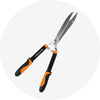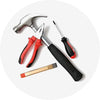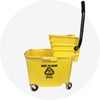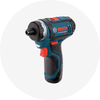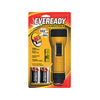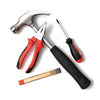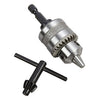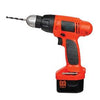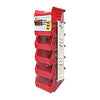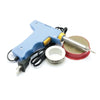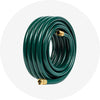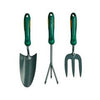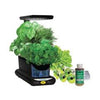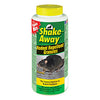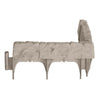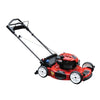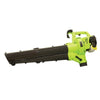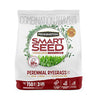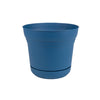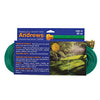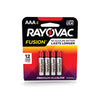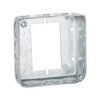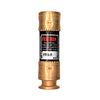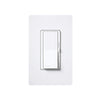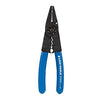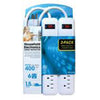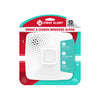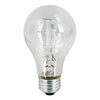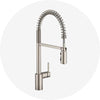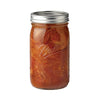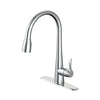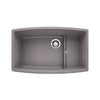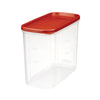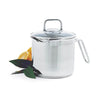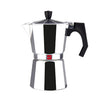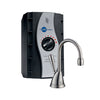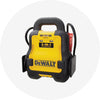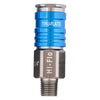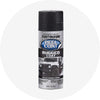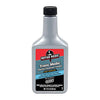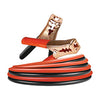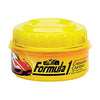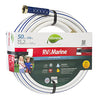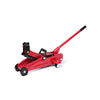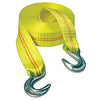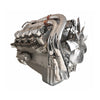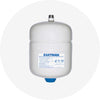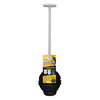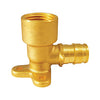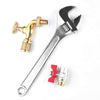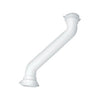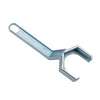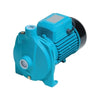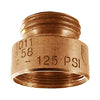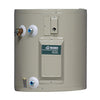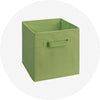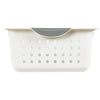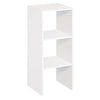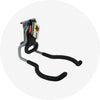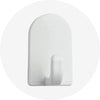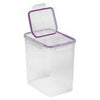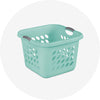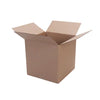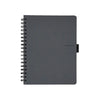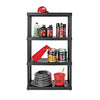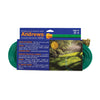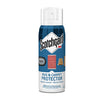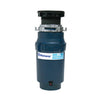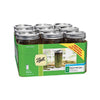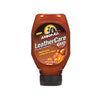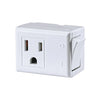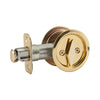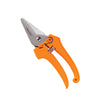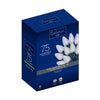10 Best Landscape Edging Ideas and Tips
∙ min read
The edging in your landscape does more than simply define borders. Landscape edging adds character and charm to your garden. Edging stones keep your mulch in place. Edging also discourages creeping weeds and grasses from spreading through your gardens. The best time to install edging in your landscape is when your garden isn’t in full bloom.
Put out edging in the spring when you’re putting out new plants or wait until fall when the foliage begins to go dormant. This way, you won’t damage the plants along the edges of your garden. Find dozens of garden edging ideas at your landscape supply or use your creativity to find unique borders that give your garden personality.
Here are some of our recommendations for lawn and garden edging.
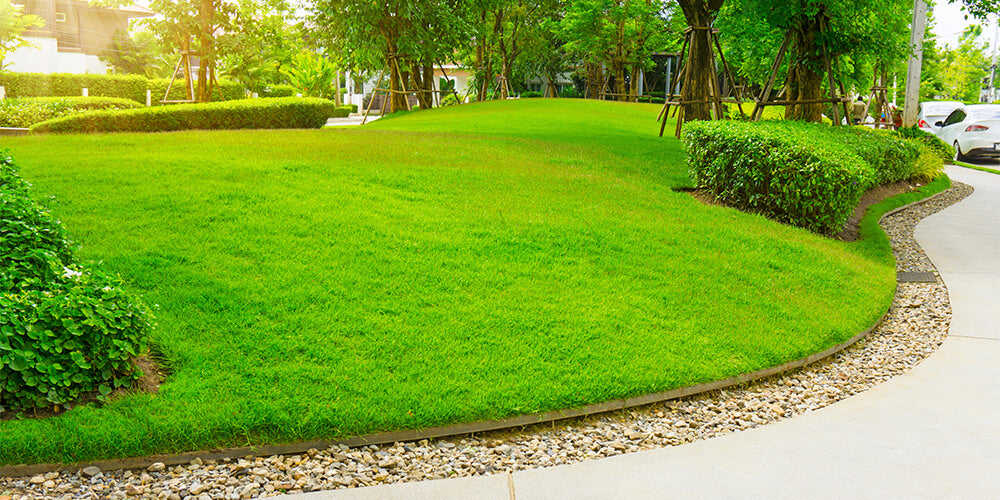
Cinder Blocks
Cinder blocks are inexpensive and easy to place along the edge of garden beds. It may not be the most modern look, but they do get the job done. Set the cinder blocks upright to use the spaces as planters or use the blocks on their side to create paver-style stones that add definition. Don’t be afraid to color the cinder blocks to match your personality and add some flair to your garden.
Brick Landscape Edging
Probably the most classic material for edging your garden is brick. Brick stands up to the elements, making them a durable material that will last. Brick goes with most home styles. You may pay a little more for new brick, but you won’t have to replace it annually. It can be a little tricky to install and get level. It may be worth having a professional help you get it right.

Paving Stones
Paving stones will last forever and are very attractive as a path or a border. You can find paving stones in many different styles, but they can be expensive. It may also be time-consuming to install paving stones. They’re very heavy and bulky, but paving stones will look good in any home and garden.
Large Boulders or Natural Rock
Stone is a popular lawn edging material. It has a classic, natural and elegant look that can create a beautiful effect. It can be challenging to install large boulders, as you’ll need strength and perseverance. You should try to find rocks or stones that have a more uniform look and size. These borders will last for a long time but won’t be easily moved.
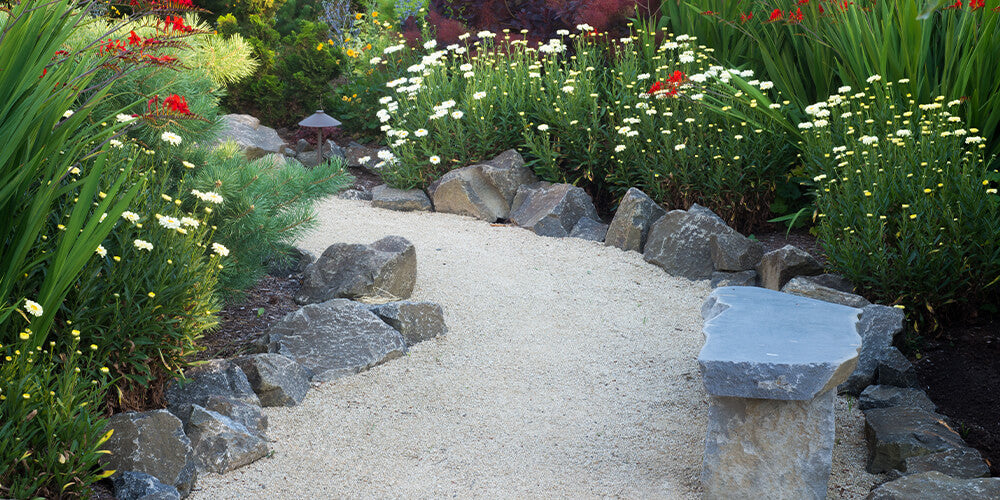
Wooden Logs or Landscape Timber
Landscape timber or railroad ties can be an inexpensive garden edging material. Make sure to treat the wood or buy wood that is treated to prevent rotting. Installation can be time-consuming because you’ll need to level the ground and cut the sections to fit. For added appeal, use the logs vertically to edge garden beds. It’s a natural look that will complement your home’s style and last for years.
Plastic or Metal Garden Edging
Plastic edging and metal garden edging aren’t highly glamorous. Still, you can easily install the material for a clean look that prevents weeds and grass from creeping into your garden beds. It’s inexpensive and easily movable the following year, but it may also need to be replaced more frequently.
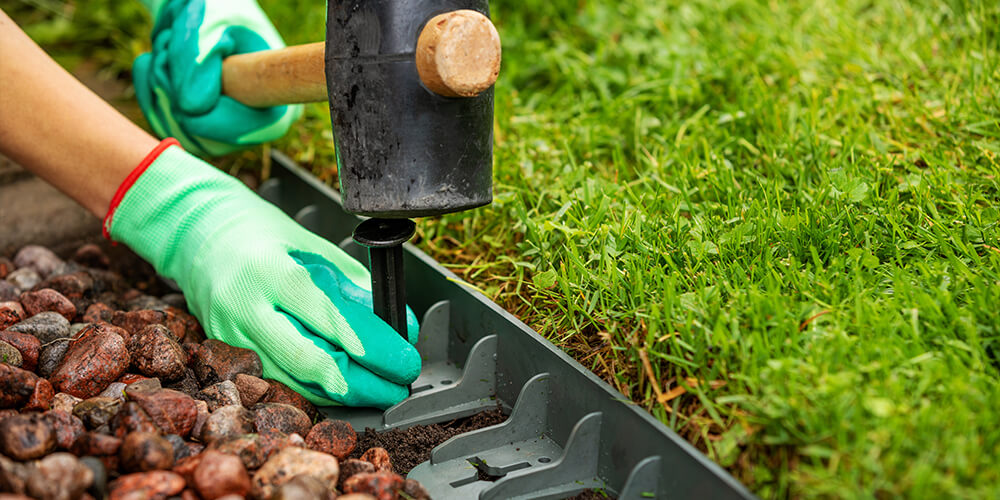
Flagstone or Slab Stones
Flagstone lasts a long time, but it can be expensive to purchase. It is an excellent look for a country garden. Stack the flagstone to create walls or lay it edge to edge to create borders in your garden. Installation can be time-consuming, but once the stones are in place, they’ll last for years.
Poured Concrete
A poured concrete garden edge isn’t a DIY project, but it does set off the garden beds very nicely. It’s also immovable once it’s been poured, so there’s no versatility. However, when it’s done right, this garden edging lasts for a long time. It has a modern appeal that defines garden beds and keeps weeds from spreading through the yard.

Terracotta Pipes
Terracotta is a beautiful material that sets off the color of many garden plants. If your garden already includes terracotta pots, this material extends the style. You can also install plants in the pipes themselves, giving you some unique spaces for extra color and greenery. The pipes will last for years, but the initial investment maybe a little more than other types of lawn edging.
Shovel Edging
Create a natural lawn edging using an edging shovel or spade to cut grass away from where you want the edge. You create a sharp edge to keep the grass from creeping into your garden area. This is a clean look that is relatively inexpensive to achieve because you’re using the lawn to create borders instead of investing in materials to do the job. The downside is that you usually have to recreate the edges every year. This type of edging isn’t suitable for clay or rocky soils.
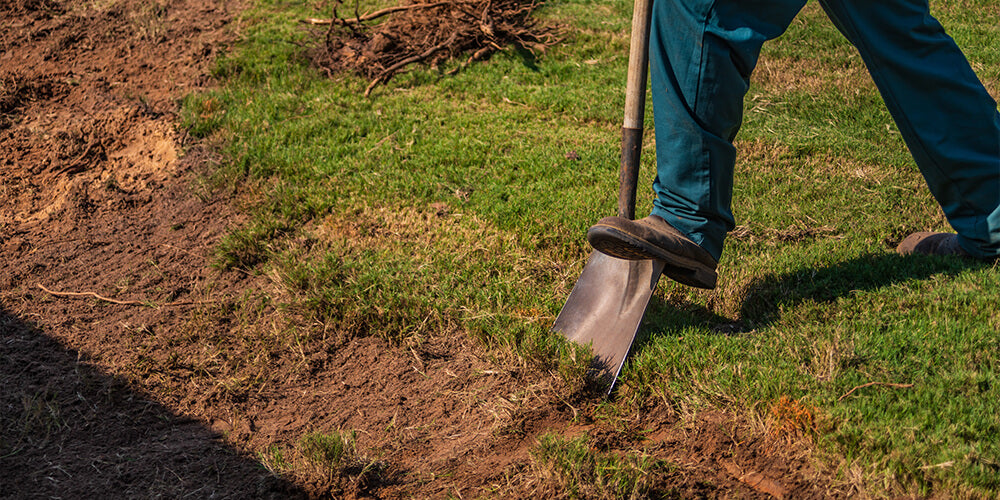
Explore all landscaping edging products to make your garden more attractive or our lawn and garden collection to maintain your lawn perfectly.
Shop Your Edging Products Today
